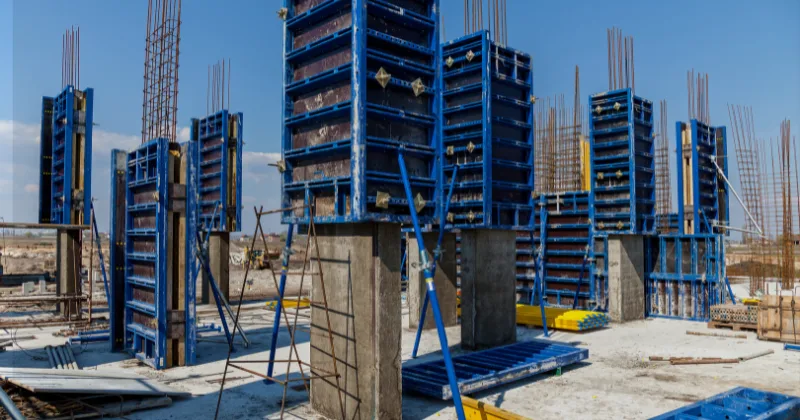Here are some best practices for using BIM 360 specifically for structural design:
Model-Based Collaboration: Utilize BIM 360’s model viewing and markup tools to facilitate collaboration among structural engineers, architects, and contractors. Enable all stakeholders to access and review the structural design models in real-time, allowing for effective coordination, clash detection, and issue resolution.
Clash Detection and Coordination: Take advantage of BIM 360’s clash detection feature to identify clashes between structural elements and other building components, such as MEP (Mechanical, Electrical, Plumbing) systems or architectural elements. Regularly run clash detection analyses to identify and resolve conflicts early in the design phase, reducing errors and rework during construction.
Design Review Workflows: Establish clear design review workflows within BIM 360 for structural projects. Define roles, responsibilities, and timelines for the review and approval processes. Ensure that all relevant stakeholders, including structural engineers, architects, and project managers, are included in the review process to ensure comprehensive feedback and coordination.
Document Management: Utilize BIM 360’s document management capabilities to organize and centralize all structural design documentation, including calculations, specifications, reports, and design drawings. This ensures that the latest structural design documents are easily accessible to all team members, promoting effective collaboration and reducing version control issues.
Structural Analysis and Simulation: Integrate BIM 360 with structural analysis software or simulation tools to perform advanced analysis and simulations on the structural models. Conduct structural analyses, including load calculations, structural stability checks, and performance evaluations. This helps optimize the design, ensure structural integrity, and meet project requirements.
Mobile Access for Field Personnel: Provide field personnel, such as construction managers or inspectors, with mobile access to BIM 360’s mobile application. This enables them to view the structural design models, access construction drawings, and document on-site observations or issues. Seamless communication between the field and the office enhances collaboration and accelerates issue resolution.
Training and Support: Provide comprehensive training to all team members involved in structural design projects to ensure they understand and effectively use BIM 360’s structural design capabilities. Offer ongoing support and encourage knowledge sharing within the team to maximize the benefits of the tool.
By following these best practices, structural design professionals can leverage BIM 360’s functionalities to enhance collaboration, improve clash detection, streamline design review processes, and optimize the performance and integrity of structural designs in construction projects.
